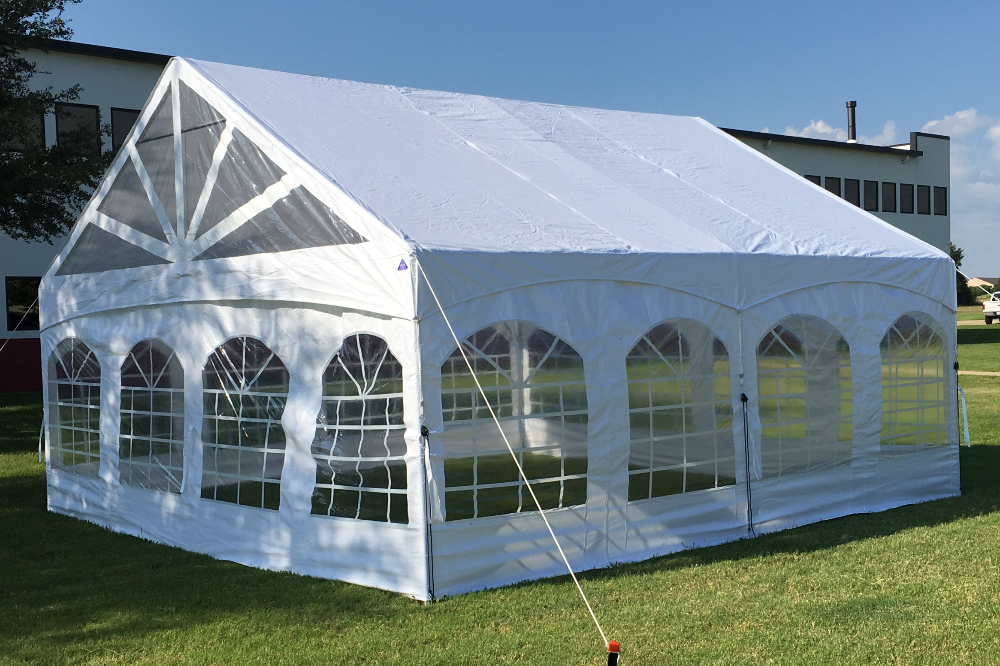Vital Tips for Setting Up and Keeping Outdoor Camping Camping Tents
Setting up and preserving a camping tent requires even more than just a fundamental understanding of outside equipment; it requires focus to detail and foresight. From selecting the proper camping site to grasping the complexities of tent throwing, each step is critical to ensure a secure and comfy outside experience.
Selecting the Right Campground
Picking an optimum camping site is critical for making sure a risk-free and positive camping experience. Begin by looking for degree ground, which supplies a comfortable and steady sleeping area.

Access is one more vital variable. Select a site that is quickly obtainable yet not excessively exposed to foot website traffic to maintain privacy. Lastly, follow Disappear concepts by using assigned campgrounds whenever possible, respecting the all-natural environment, and ensuring your campsite choice has minimal ecological impact. By meticulously reviewing these factors, you can boost both the safety and enjoyment of your outdoor camping experience.
Necessary Outdoor Tents Setup Devices

Most importantly, a trusted tent mallet or hammer is essential for driving risks right into different ground types. Go with a light-weight, sturdy club to relieve the effort required for securing your tent. Camping tent risks are another vital part; bring additional stakes beyond what features your outdoor tents to account for varied soil problems and unexpected needs.
A ground tarpaulin or footprint is vital for securing the camping tent flooring from abrasions and wetness, prolonging the life of your camping tent. Additionally, lugging a set of spare guylines and tensioners guarantees you can effectively safeguard your tent, specifically in windy problems.
Lastly, a multi-tool or a collection of standard devices consisting of pliers, scissors, and a knife can be important for taking care of unpredicted changes or repairs. Guaranteeing you have these crucial camping tent setup tools will certainly lead the way for a hassle-free and delightful outdoor camping experience.
Grasping Outdoor Tents Throwing
Mastering the art of outdoor tents throwing is a basic ability that can substantially improve your camping experience. A well-pitched camping tent uses not only comfort however additionally safety and security and stability, guaranteeing that you are well-protected from the components and any unforeseen disturbances.
Begin by picking an ideal site: flat terrain devoid of rocks, roots, and various other blockages. Clear the ground of particles to produce a smooth surface for your camping tent. Outline your camping tent impact or tarpaulin useful reference to give an extra layer of protection versus moisture and abrasions.
Construct the camping tent posts read the full info here according to the supplier's guidelines, guaranteeing that each pole is fully extended and firmly attached - stretch tent hire. Attach the poles to the tent body, either by inserting them right into sleeves or clipping them onto hooks, depending upon your outdoor tents's layout. Very carefully elevate the camping tent, making certain that it stands evenly balanced and tight
Lay down the edges of the tent, pulling each edge tight to eliminate slack. Drive the risks right into the ground at a 45-degree angle for maximum hold. Finally, connect and tension the man lines, which will certainly add stability and assistance to your structure. By following these steps meticulously, you can achieve a comfy and secure arrangement for your outdoor camping experience.
Weatherproofing Your Tent
When encountered with uncertain climate problems, how can you guarantee your outdoor tents remains a trustworthy refuge? Begin by choosing a camping tent with a durable rainfly that prolongs well over the sides and reaches close to the ground.
Next, think about the camping tent's product. Fabrics like polyester and nylon are preferred for their waterproof buildings, but they need to be treated with a durable water repellent (DWR) coating. Routinely reapply the DWR to preserve its performance. Furthermore, a ground tarpaulin or footprint below your tent is vital. It gives an extra layer of protection versus moisture permeating up from the ground.
Ensure your outdoor tents has adequate vents and maintain them open whenever possible, even during rain. Always pitch your tent on greater ground, avoiding depressions where water can merge.
Long-Term Camping Tent Maintenance
Making sure the durability of your camping tent calls for careful and constant maintenance. Begin news by extensively cleansing your tent after each use.
Dry your camping tent completely before storage to stop mold and mold. Establish it up in a well-ventilated location or hang it till every component is dry. Shop your outdoor tents loosely in a trendy, dry location away from direct sunshine. Prevent pressing it tightly for extended periods, as this can weaken the textile and waterproof coverings.

Final Thought
Choosing an appropriate camping site, utilizing necessary configuration devices, and mastering the pitching procedure are critical for a reliable camping experience. In addition, weatherproofing the tent and sticking to long-lasting maintenance techniques, such as cleansing, drying out, and evaluating for damages, make certain long life and performance. Embracing these techniques not just improves comfort and safety during outdoor camping yet additionally contributes to the conservation of the outdoor tents, enabling continued enjoyment of exterior journeys.
From choosing the appropriate camping site to understanding the intricacies of tent throwing, each action is essential to ensure a safe and comfortable outside experience. While being close to a stream or lake is hassle-free, guarantee you pitch your outdoor tents at the very least 200 feet away to lessen the danger of flooding and contamination. Camping tent stakes are another vital part; bring added risks past what comes with your tent to account for varied dirt problems and unforeseen demands.
Attach the poles to the tent body, either by placing them into sleeves or clipping them onto hooks, depending on your tent's style. In addition, weatherproofing the outdoor tents and sticking to long-lasting maintenance techniques, such as cleaning, drying, and inspecting for damages, make certain durability and capability.